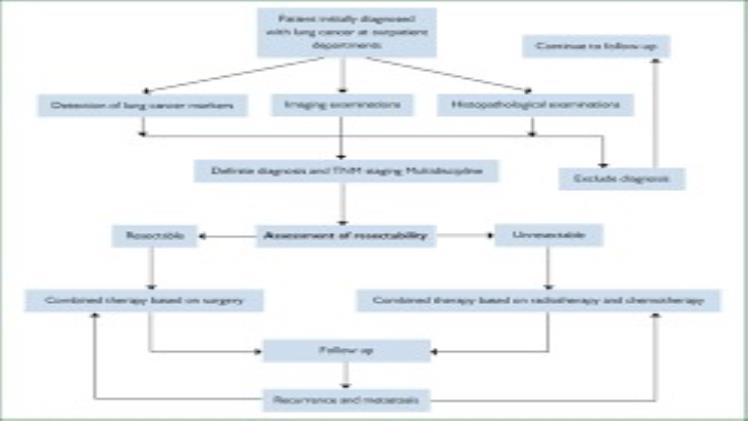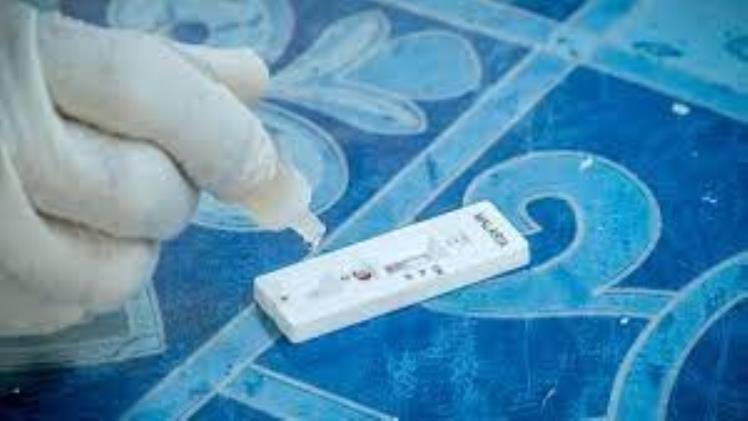Lung Cancer Detection and Staging

A healthcare provider can detect lung cancer through the use of various diagnostic tests. These tests may be noninvasive or invasive. A biopsy is a test to see if the cancer cells are present in a tissue sample. The doctor may use a fine needle or a bronchoscope to look for lesions and take samples. For more complex cases, a physician may perform a more invasive surgical procedure to remove part of the lung and examine the sample for cancer cells.
Depending on the location and size of the tumor, lung cancer can be staged as T2, T3, or T4. A stage 1 tumor is four centimeters in diameter or smaller, and a T2 tumor is seven centimeters in diameter or larger. At this stage, the cancer may have spread to lymph nodes and tissues in the chest.Click here more information: Webtoon XYZ
Stage three and four tumors have spread to distant body parts and lymph nodes. The TNM staging system is similar to that of lung cancer, with the exception of the thorax. If the tumor is confined to one lung lobe, stage I is the best option. By contrast, if the cancer has spread to lymph nodes, stage II is considered to be the worst option for the patient. Plz Visit here for all about entertainment
The good news is that lung cancer is a curable disease. Its survival rate depends on the stage and cell type. Patients with locally limited lung cancer may be cured. However, if the cancer has spread outside of the chest or to other parts of the body, the patient’s chances of survival are slim. Overall, the survival rate for patients with lung cancer is only twenty percent at two years and fifteen percent after five years. Fortunately, advances in treatment have increased the odds of survival for people with lung cancer. Click here for all about anewstories



